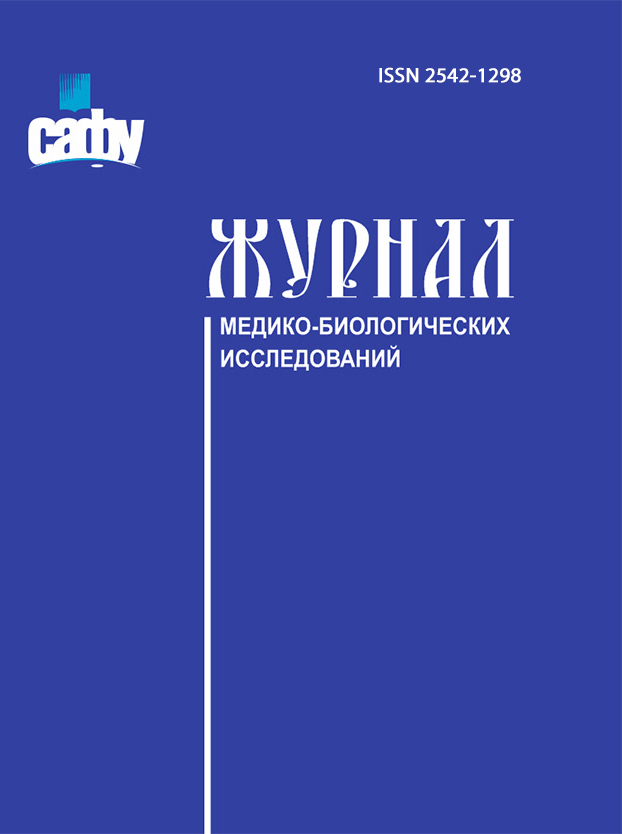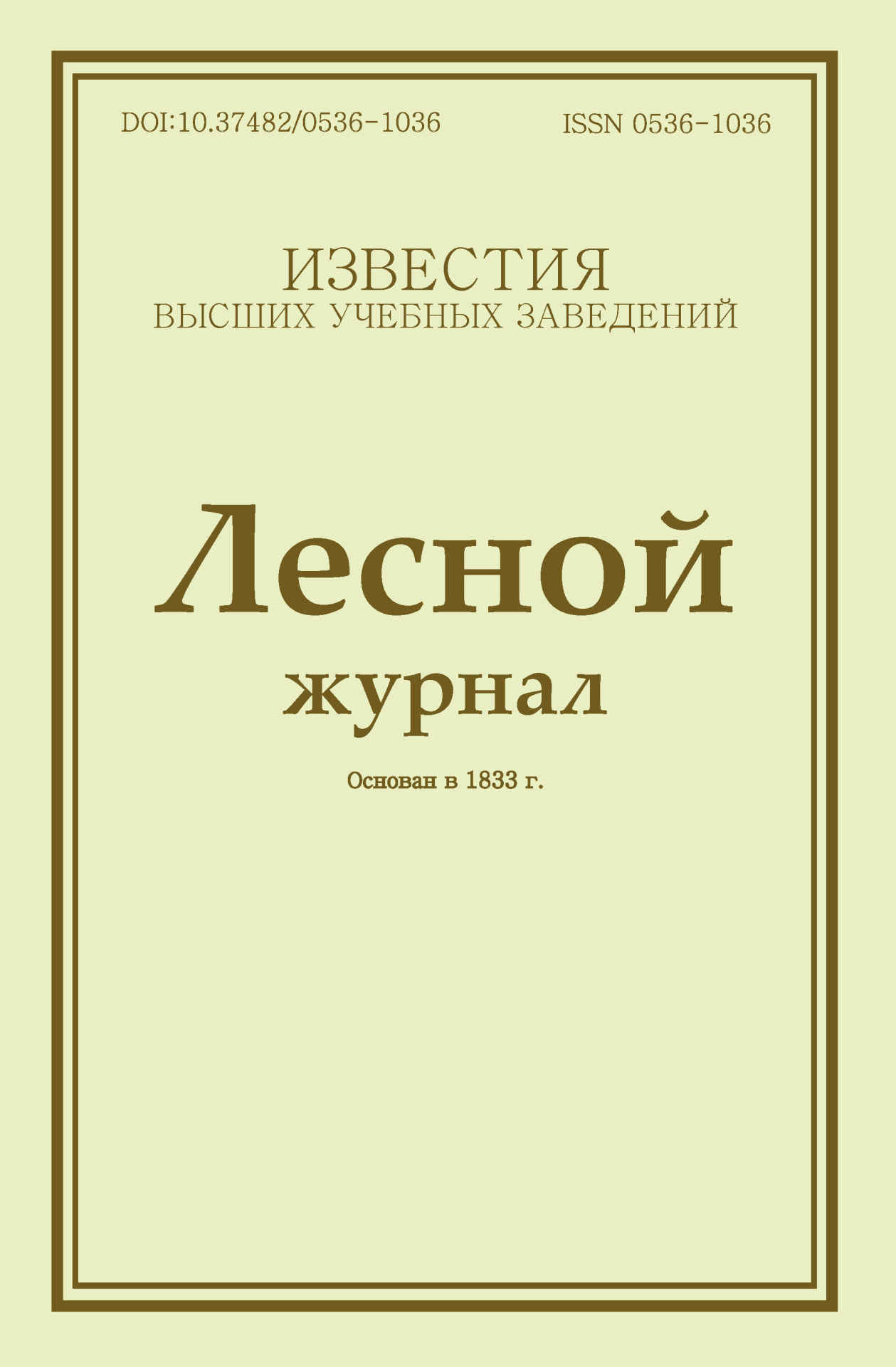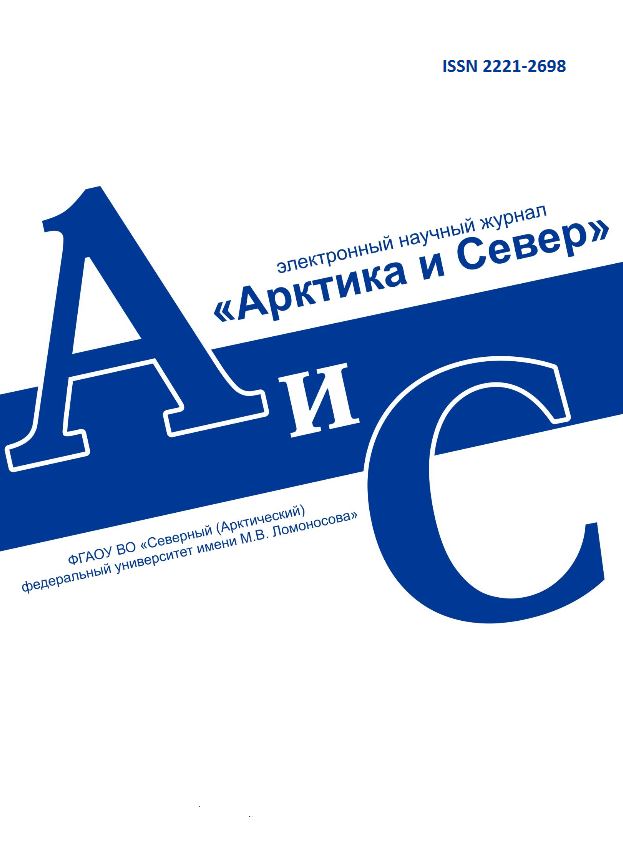
Vestnik of Northern (Arctic) Federal University.
Series "Humanitarian and Social Sciences"
ISSN 2227-6564 e-ISSN 2687-1505 DOI:10.37482/2687-1505
Legal and postal addresses of the founder and publisher: Northern (Arctic) Federal University named after M.V. Lomonosov, Naberezhnaya Severnoy Dviny, 17, Arkhangelsk, 163002, Russian Federation Editorial office address: Vestnik of Northern (Arctic) Federal University. Series "Humanitarian and Social Sciences", 56 ul. Uritskogo, Arkhangelsk
Phone: (8182) 21-61-20, ext. 18-20 ABOUT JOURNAL |
Section: Linguistics Download (pdf, 0.4MB )UDC81ʼ373:811.161.1DOI10.37482/2687-1505-V433AuthorsOlga N. IvanishchevaDr. Sci. (Philol.), Prof., Prof. at the Philology, Intercultural Communication, and Journalism Department, Murmansk Arctic University (address: ul. Kapitana Egorova 15, Murmansk, 183038, Russia). e-mail: oivanishcheva@gmail.com, ORCID: https://orcid.org/0000-0001-8495-0502 AbstractThe article describes the methods of interpreting paroemias in modern phraseological and proverb dictionaries. The paper aims to identify the principles of such interpretation. It is known that determining the meaning of a paroemia, which is presented in most phraseological and proverb dictionaries of the modern Russian language, is not enough for the correct use of the phraseological unit or proverb in speech practice. However, the question of selecting such information for dictionaries and its systematization has not yet been raised in scientific literature. The article studies the following methods of interpreting paroemias: determining their direct (if any) and figurative meanings, historical and etymological commentary, as well as situational and contextual characterization. As a result, it was established that historical and etymological commentary in the definitions of modern dictionaries explains the origin of a paroemia, taking into account regional specifics. Situational characterization is defined here as a description of a situation with the identification of its participants and their social and speech intentions, while contextual characterization is understood as the content of a formulaic reply to the interlocutor’s question. It is argued that determining a hierarchy of methods for interpreting paroemias accomplishes the main task, i.e. the actualization of the image underlying a paroemia and the presentation of this image in a dictionary. The theoretical significance of the paper lies in its contribution to the theory and practice of lexicography. In practical terms, the results can be used when compiling dictionaries of phraseological units and proverbs of different languages, including those with different structures, as well as when teaching Russian as a first and second/foreign language.Keywordsparoemia, interpretation of paroemias, phraseological dictionaries, proverb dictionaries, principles of lexicography, historical and etymological commentary, situational characteristics, contextual characteristicsReferences
|
Make a Submission
INDEXED IN:
|
Продолжая просмотр сайта, я соглашаюсь с использованием файлов cookie владельцем сайта в соответствии с Политикой в отношении файлов cookie, в том числе на передачу данных, указанных в Политике, третьим лицам (статистическим службам сети Интернет).






